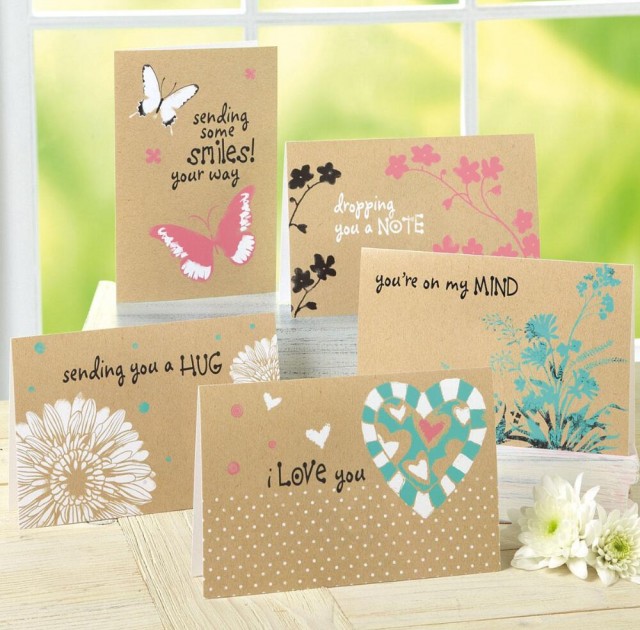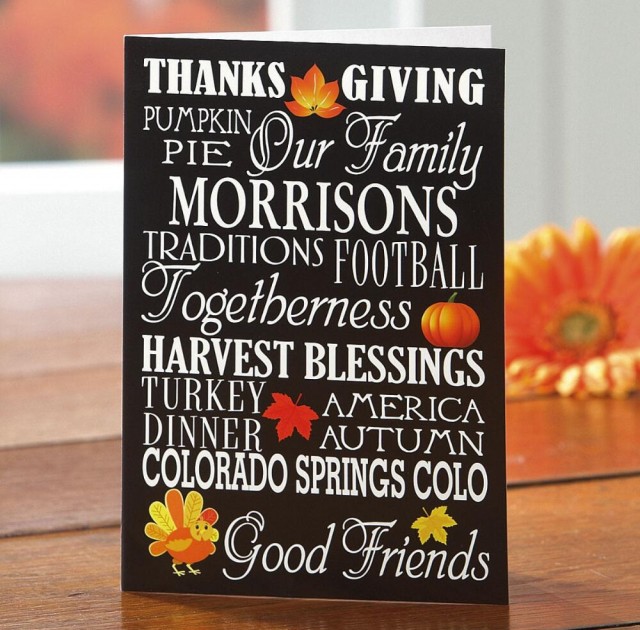Technology may be great for sending informative emails, quick texts or even sharing a fast photo or two, but it still can’t beat the everlasting power of a card. There’s just something more meaningful about being able to hold a tangible, real-life card in your hands that can never be replaced by viewing a greeting on the screen. And that’s just one reason traditional greeting cards continue to delight the senses and touch the heart.
The tangible aspect
Even marketers are onto the power of tangible objects, Forbes notes, especially after a study found physical marketing materials left a “deeper footprint” on the brain than digital marketing campaigns. The study found physical objects:
- Require more emotional processing, making them more easily remembered
- Produced more brain responses linked with emotions
- Prompted processing in an area of the brain linked to memory and emotionally potent stimuli, potentially resulting in more emotion-infused memories
All this is a long way of saying traditional cards are going to carry more meaning, stir up a more generous slate of emotions and be more easily remembered than their digital counterparts.
The ability to savor and save it
E-cards and other digital communication can be easily lost, forgotten or mistakenly deleted. A traditional card is much easier to savor as well as save. Prop it on your table. Keep it as a memento. Heck, you can even frame it if the artwork is that good and the sentiment that deep.
Greater creativity
Sure, digital communication comes with the ability to add animation, music and all kinds of bells and whistles to make your message stand out. But it’s also confined to flat computer monitor or smartphone screen. Traditional cards can come in different shapes, sizes, textures and paper types. Extend the creativity even further by enclosing a photo, news clipping or including a personal, hand-written note your recipient is sure to enjoy.
Extra effort = extra special
Sending digital messages involves a quick burst of typing on the keyboard and then clicking a button to send. Traditional cards require obtaining the physical card, manually writing in a note or signing your name, and then physically putting the card in the envelope, addressing and sealing it, and then hunting down a stamp. Recipients are well aware of the extra time and effort involved in sending a traditional card versus a digital greeting, and they are likely to be tickled to know they were worth it.
One more plus for traditional cards is the sweet surprise they bring, an unexpected nicety in a mailbox often packed with junk mail and bills. That aspect alone adds to the card’s everlasting power while easily brightening an entire day.







